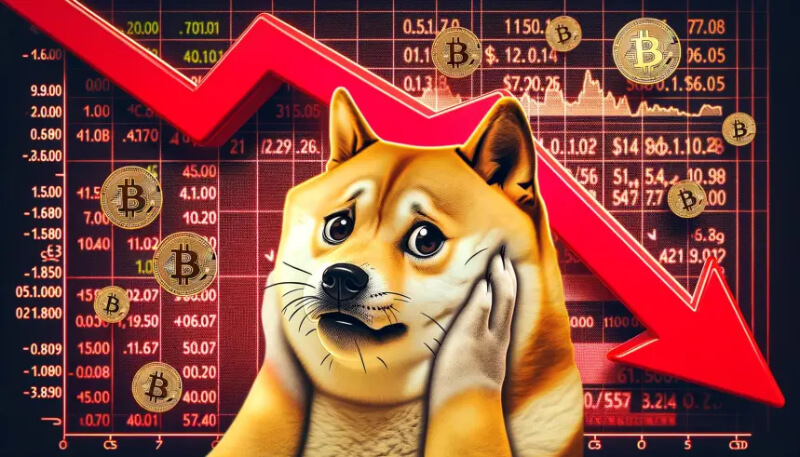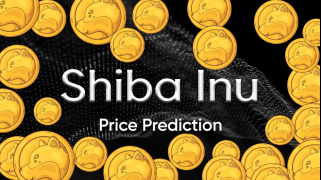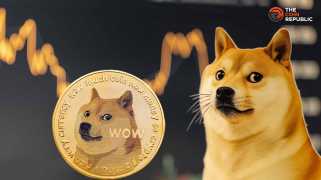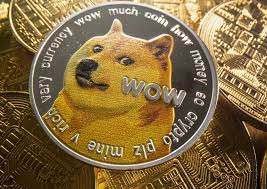
Dogecoin Whale Transactions Decline Sharply, Indicating Reduced Market Participation
Ali, a prominent crypto analyst, has observed a significant decline in whale activity within the Dogecoin (DOGE) network. Whale transactions exceeding $1 million have plummeted by approximately 88% since mid-November.
Correlation between DOGE Price and Whale Activity
During the period of whale transaction decline, DOGE's price has fluctuated, experiencing both gains and corrections. Transaction volume tended to mirror these price movements, reflecting increased trading activity during periods of market volatility. However, recent data suggests a sharp decrease in both whale transactions and overall trading volume, indicating reduced participation from major investors.
Peak in Whale Activity and Market Volatility
In late November and early December, DOGE experienced a price surge, accompanied by a subsequent series of corrections. During this period, transaction volume surged significantly, and whale activity reached a peak, exacerbating market volatility.
Market Cooling and Reduced Volatility
As DOGE's price peaked and declined in mid-December, whale transactions remained active, influencing market swings. However, in late December and early January, price movements were accompanied by increased transaction volume.
In mid-January, DOGE saw another price spike, alongside a rise in whale transactions and trading volume. However, this peak proved short-lived, and the price soon resumed its downward trend.
Reduced Large-Scale Trading
By early February, DOGE's price had continued to fall, and transaction volume generally trended downward, reflecting decreased market participation. The decline in whale transactions suggests a reduction in large-scale trading.
As a result, DOGE stabilized at approximately $0.267 by mid-February, with reduced volatility compared to previous months.
Shift towards Retail Traders
The observed trend suggests that large investors may have taken profits during price surges. Reduced whale transactions indicate that fewer major market players are actively influencing price movements. Consequently, DOGE's price movements now appear to be more heavily influenced by retail traders than institutional investors.


 Crypto Daily™
Crypto Daily™ Crypto Daily™
Crypto Daily™ DogeHome
DogeHome TheCoinrise Media
TheCoinrise Media Thecoinrepublic.com
Thecoinrepublic.com TheCoinrise Media
TheCoinrise Media TheCoinrise Media
TheCoinrise Media Cryptopolitan_News
Cryptopolitan_News






















